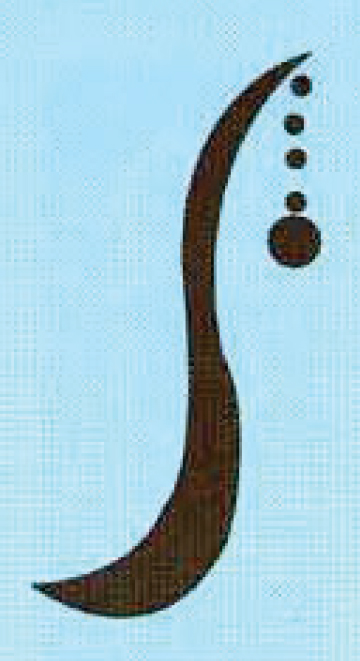




The image of the snake in world culture has various interpretations, but in Turkic mythopoetic tradition occupies a special place, symbolizes wisdom, secret knowledge, longevity, creative creation. Its image is associated with the water element, and it is considered a fundamental figure in the world model. The veneration of the snake is found in many cultures of the world.
The snake also appears as a representative of the “lower world” and is associated with the world of the dead. In the petroglyphs of Central Asia and southern Siberia, dating from the Neolithic and Bronze Ages, images of snakes are widespread. The snake also makes an active appearance in the shamanic practices of the Buryats, Mongols, and other peoples. The snake has many magical properties: protective power, mediator and carrier between worlds, miraculous power, omniscience, wisdom, avenging soul, etc.
Kazakhs give the snake a variety of properties: Possessor of secret knowledge and magic, protector and helper. A special attitude to the snake is found in the traditional representations of “Zhylan-baba” – “snake-predecessor” or “mother-snake” (Zhylan-Babahan, Zhylan-Bapykhan, etc.). According to ethnographic data, the snake is a helper of the baqsy and medicine men. It is associated with the idea of immortality.
Due to this magical meaning, the image of the snake is a popular ornament in applied arts, in the decoration of textiles and jewelry


